Rocky Coastlines
A rocky coastline is a type of shoreline that is characterized by rocky cliffs, rugged terrain, and the presence of large boulders and rocks along the coast. These coastlines are shaped by the erosive forces of waves, tides, and weathering processes.
Formation of Rocky Coastlines
Rocky coastlines are typically formed through a combination of geological processes, including tectonic activity, erosion, and weathering. Tectonic activity can uplift and expose rocky formations, while erosion by waves and weathering by wind and rain can further shape the coastline over time.
Features of Rocky Coastlines
Rocky coastlines often exhibit distinct features such as sea caves, arches, stacks, and wave-cut platforms. These features are formed through the continuous action of waves and weathering processes, resulting in unique and picturesque coastal landscapes.
Ecological Importance
Rocky coastlines are important ecological habitats, supporting a diverse range of marine life such as algae, mollusks, and crustaceans. The intertidal zones along rocky coastlines provide a dynamic and challenging environment for various species to thrive.
Human Interaction
Human activities such as fishing, tourism, and coastal development can have both positive and negative impacts on rocky coastlines. It is important to balance conservation efforts with sustainable use of these coastal environments to preserve their natural beauty and ecological significance.
Study Guide
- What are the main geological processes involved in the formation of rocky coastlines?
- Describe the distinct features commonly found along rocky coastlines.
- Explain the ecological importance of rocky coastlines and their role in supporting marine life.
- Discuss the potential impacts of human activities on rocky coastlines and the importance of conservation.
[Rocky Coastlines] Related Worksheets and Study Guides:
.◂Science Worksheets and Study Guides Fifth Grade. The 6-Kingdoms of life

 Activity Lesson
Activity Lesson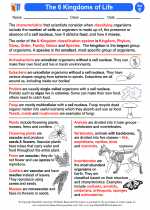
 Worksheet/Answer key
Worksheet/Answer key
 Worksheet/Answer key
Worksheet/Answer key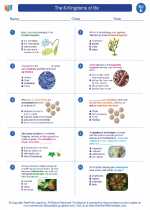
 Worksheet/Answer key
Worksheet/Answer key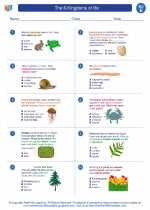
 Worksheet/Answer key
Worksheet/Answer key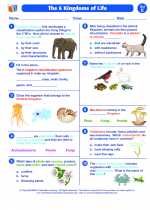
 Vocabulary/Answer key
Vocabulary/Answer key
 Vocabulary/Answer key
Vocabulary/Answer key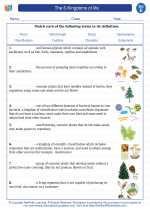
 Vocabulary/Answer key
Vocabulary/Answer key
 Vocabulary/Answer key
Vocabulary/Answer key
